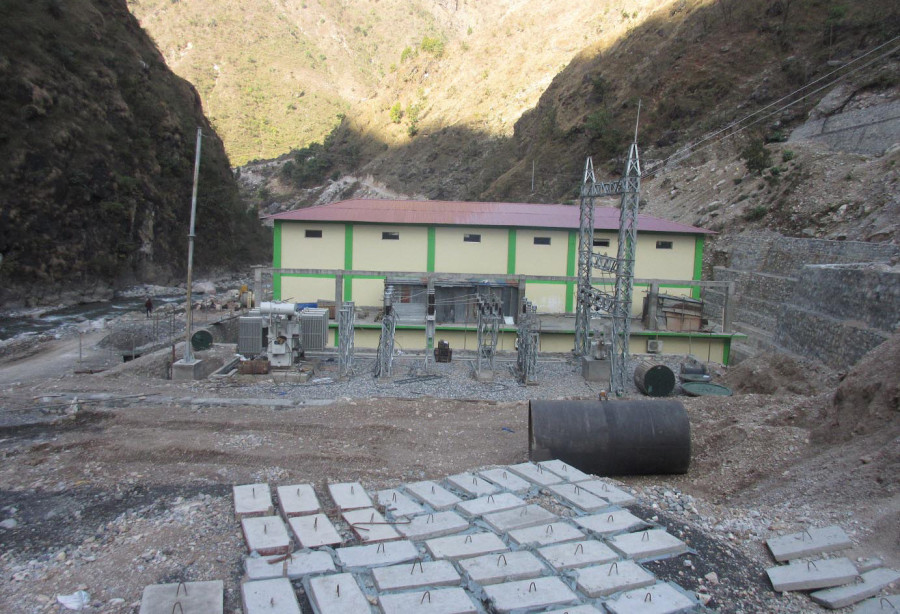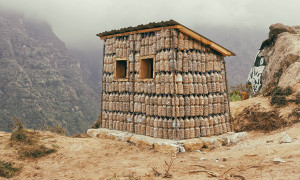Money
41 MW added to national grid in first nine months
The Nepal Electricity Authority commissioned six medium and small hydropower projects and one solar plant in the first nine months of this fiscal year, adding 41 MW to the national grid.
Prahlad Rijal
The Nepal Electricity Authority commissioned six medium and small hydropower projects and one solar plant in the first nine months of this fiscal year, adding 41 MW to the national grid. All these hydel and solar projects that came into commercial operation were developed by independent power producers, according to the records of the state-owned power utility.
The electricity authority expects to launch another nine projects this fiscal year ending mid-July and add 160 MW to the grid. This will bring the number of independent power producer-owned projects in operation to 82 from 75 last year, accounting for a combined installed capacity of 554 MW.
“The projects under construction are making substantial progress, and we believe that we will be able to meet 75 percent of our power commissioning target by the end of the fiscal year,” said Prabal Adhikari, spokesperson for the power utility. “Our projections are optimistic as we maintain a strong construction vigilance over hydel projects, and our progress review of the yet to be commissioned projects suggest that we are very likely to meet our power distribution targets.”
According to Adhikari, the projects that are nearing completion are currently working to clear minor plant equipment through customs and finish transmission lines. “We are on track to feed an additional 1,000 MW into the national grid in the next fiscal year. We have overcome major hurdles in power generation in the past five years,” he said.
The electricity authority plans to issue commercial operation dates to 43 hydropower projects including Upper Tamakoshi (456 MW), Rasuwagadhi (111 MW), Lower Solu (82 MW) and others in the next fiscal year.
The largest among the seven projects commissioned this fiscal year, Bagmati Khola-Small Hydropower Project with an installed capacity of 22 MW—began commercial operations on April 10. The project, a joint venture of Mandu Hydropower and Sichuan Hechuan, China, was built at a cost of Rs4.25 billion funded by a consortium of 11 banks led by Prime Commercial Bank.
The project began construction in 2015 and was expected to generate power from mid-November, but was delayed due to issues with the installation of the penstock pipe. As per the power purchase agreement signed between Mandu Hydropower and the authority, the project will sell electricity at Rs4.40 per unit during the rainy season and Rs8.40 per unit during the winter or the dry season.
In the fiscal year 2017-18, the state-owned power utility commissioned a total of 15 projects developed by independent producers with a combined installed capacity of 71.643 MW.
The electricity authority was able to rid the country of load-shedding for both industrial and domestic consumers last May, ending years of distress for the people. The projects that are currently in operation are not able to fully meet the country’s power requirement.





 10.12°C Kathmandu
10.12°C Kathmandu














